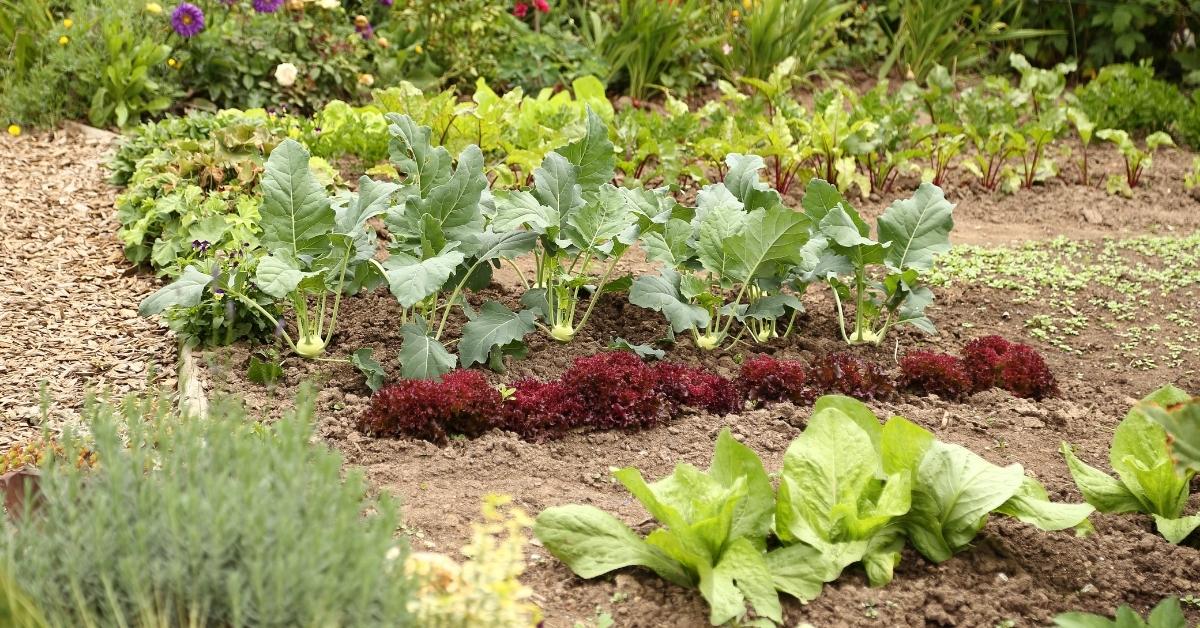Keeping our vegetable gardens or allotments alive and thriving during the worst that summer can throw at it can feel like a battle. With UK temperatures hitting record highs during this week’s heatwave and prolonged drought continuing across parts of the country, many of us probably feel we’re spending more time watering than we would like.
Both excessive heat and drought have similar effects on our garden in terms of plants struggling to take up enough water and needing extra attention. Not only does all this additional watering take time, but there are often water shortages or hosepipe bans during periods of drought, so it’s important to use water as efficiently as possible. Here are a few handy tips to help you reduce the time you spend watering your vegetables whilst helping them to thrive in these difficult conditions.
Apply a generous mulch
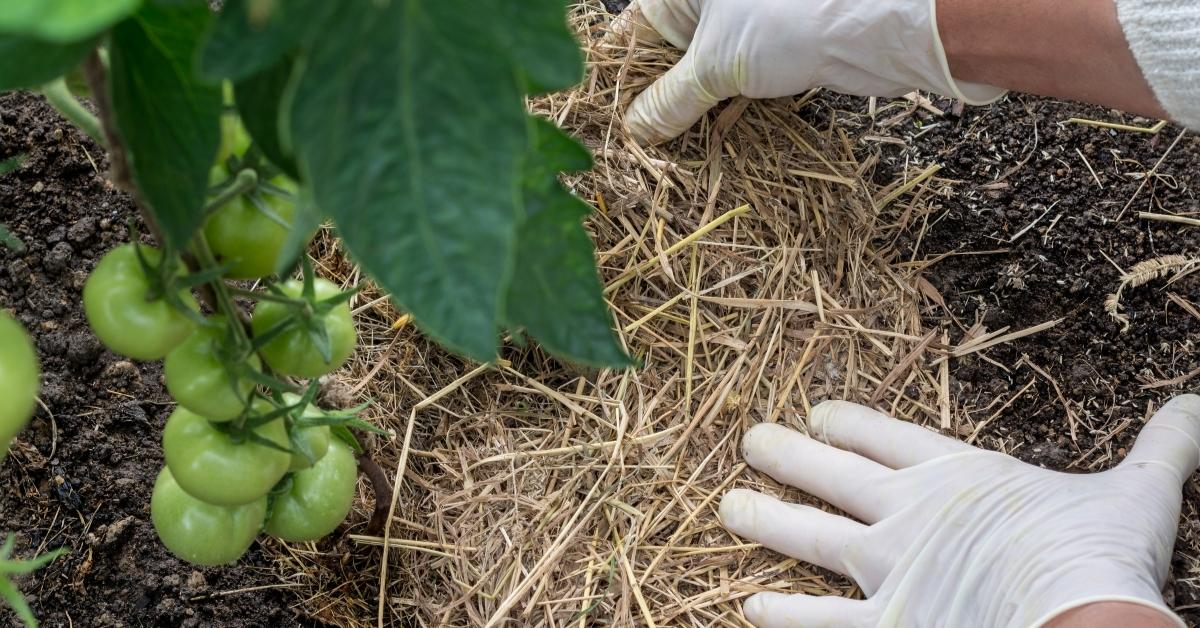
Applying a thick layer of mulch, such as compost, manure, bark or straw mulch around your vegetable plants will help to retain moisture in the soil by reducing evaporation. This in turn helps to keep the root zone moist and the soil underneath the mulch cool. Mulching also has the added benefit of suppressing weeds, which compete with your crops for water. Check out our handy guide for how to make your own nutritious, water-retaining compost that’s perfect for mulching.
Water at the right time
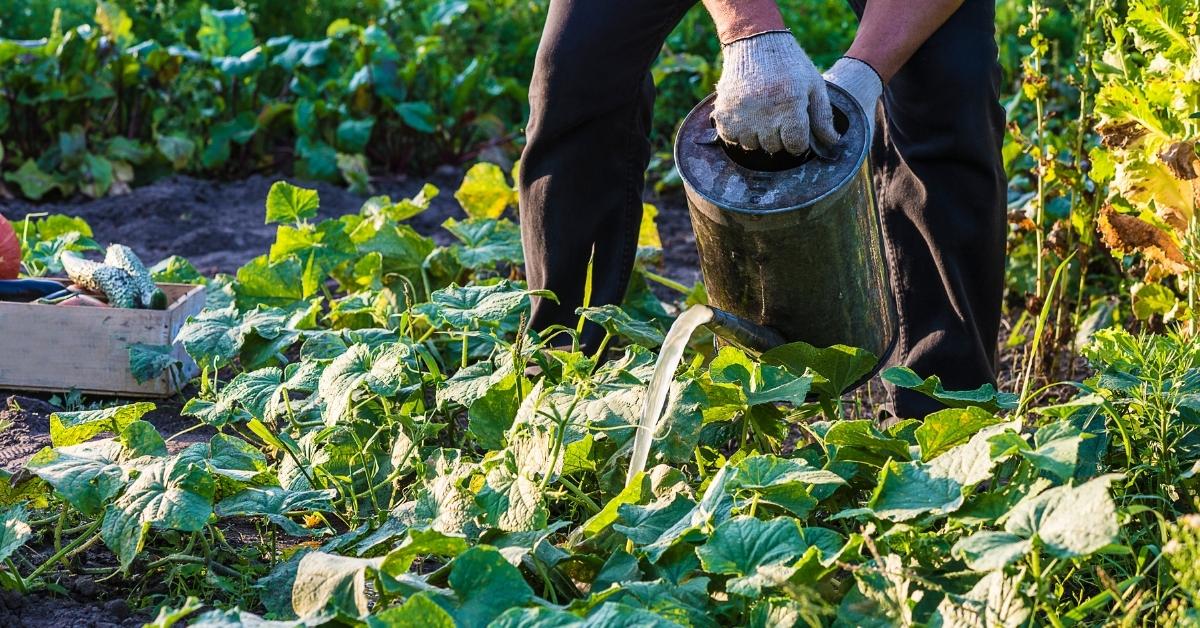
Watering at the right time makes a huge difference to both the amount of water you need to use and how well plants can take it up. Watering during the heat of the day will cause a lot of the water to evaporate directly from the surface of the soil before plants have a chance to take it up. Any water that is taken up by plants will quickly be lost through transpiration.
The best time to water in summer is in the late evening, when evaporation will be at a minimum and plants will have all night to soak up water from the soil. If this isn’t possible, the next best time to water is early in the morning, before the sun is strong.
Create watering wells around thirsty plants
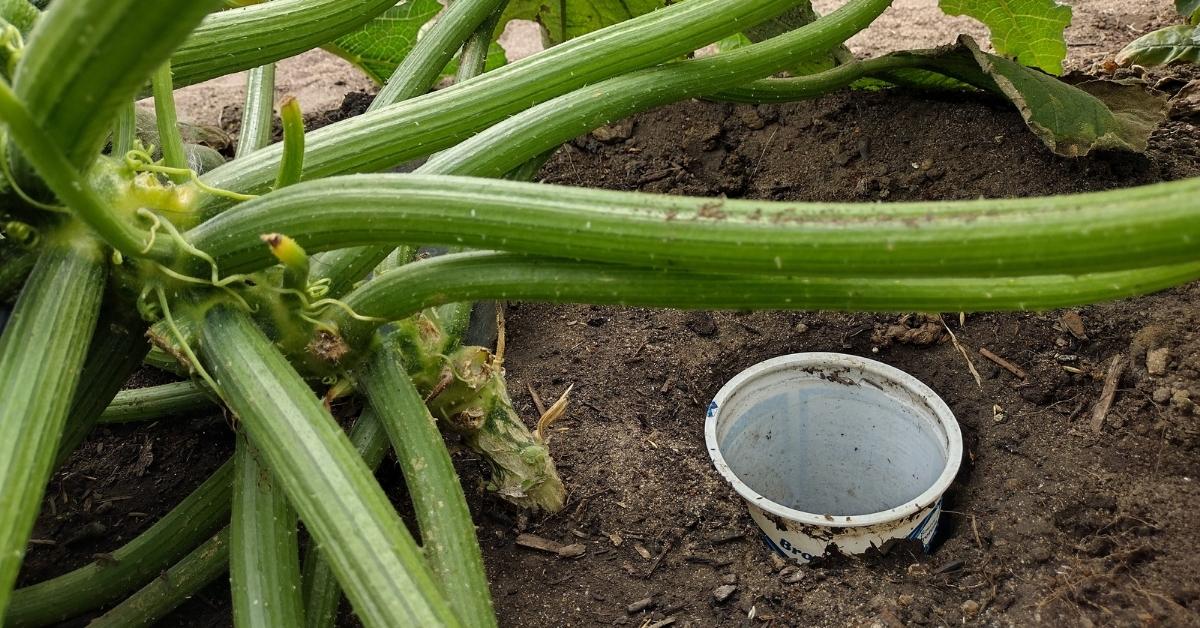
Whenever you plant large, thirsty vegetables such as courgettes or squash, it’s a good idea to create a raised ‘doughnut’ of soil around the plant to focus water towards the base of the plant and minimise run-off. However, you can take this a step further by creating deep watering wells next to the base of the plant.
Simply take an old drinks bottle, yoghurt tub or similar, cut off the base, dig a hole next to the plant and sink the bottle in, with the narrower end pointing down. When watering, you can simply direct the water into these ‘wells’. This creates a soil-free shortcut for the water straight to the deep root zone, which makes watering far more efficient by reducing evaporation from the soil surface. It also encourages the plant to grow deeper roots, which in turn prevents it from drying out so quickly.
Consider where you plant
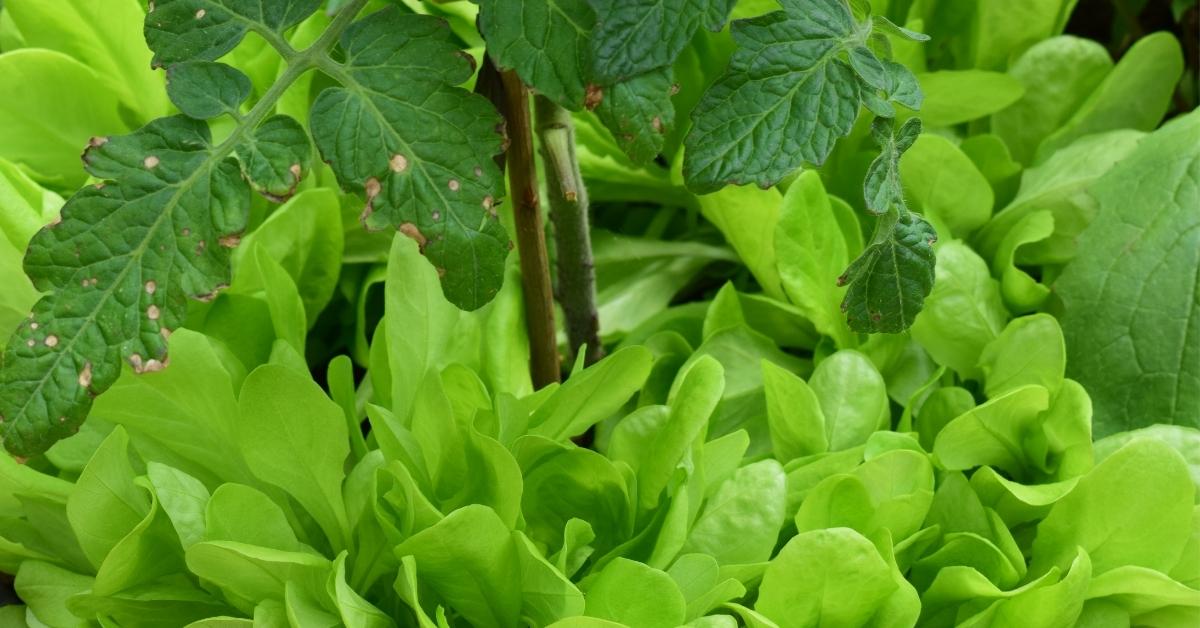
Some of the thirstiest, most wilt-prone veg does not need to be grown in full sun. This goes for many leafy crops such as lettuces, other salads, spinach and chard, which are all perfectly happy in part shade. Growing these crops in blazing sun will only cause them to dry out more quickly, making them prone to bolting. Try planting leafy crops somewhere where they will receive shade for part of the day, or interplanting them with larger vegetables such as courgettes or between rows of beans that will cast some shade.
Use water-retaining granules for container-grown veg
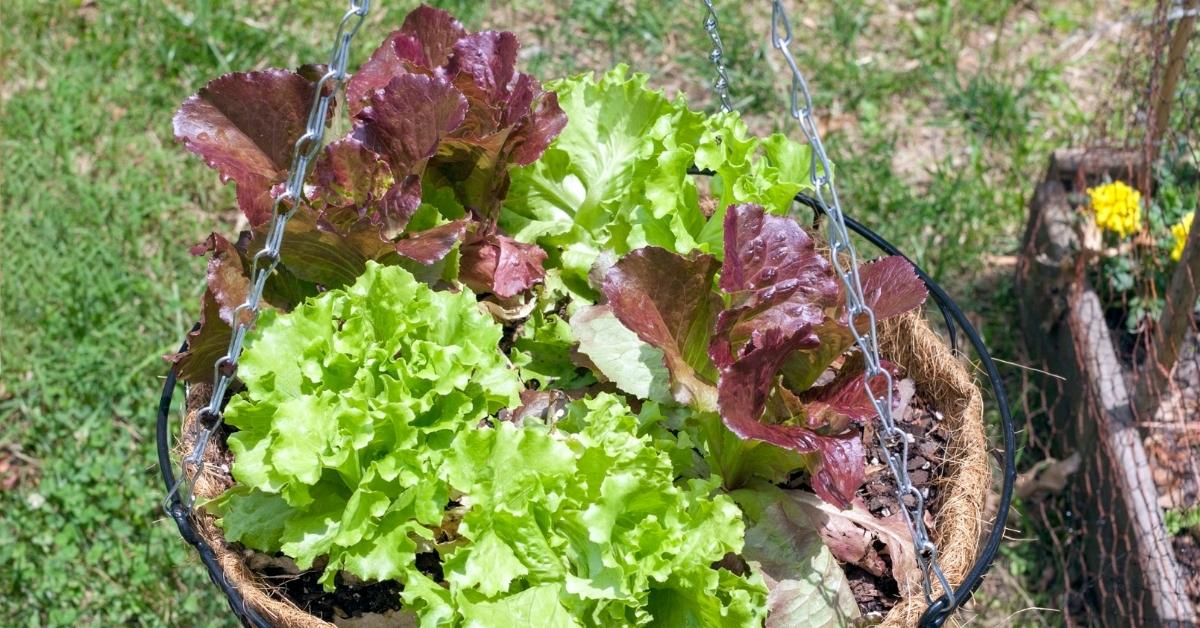
If you’re growing any of your veg in pots or hanging baskets, it’s a good idea to use water-retaining granules. The same goes for ornamental container displays too. Completely non-toxic, biodegradable and child- and pet-safe, these ingenious granules can simply be incorporated into compost at the dosage given on the pack. They will absorb 80 times their weight in water, boosting the water-retaining ability of the compost – which means less frequent watering! – whilst not compromising on drainage. Plants simply draw on the water reserves as and when they need it.
You can also use our special water-retaining compost for a shortcut to thriving containers and baskets that stay hydrated for longer.
Minimise dependence on tap water

Thirsty gardens can consume a huge amount of water, which not only will increase your water bill, but also contributes to regional or national water shortages. It’s therefore a good idea to reduce your dependence on mains water where possible – sometimes this may even be enforced through hosepipe bans.
Water butts are an invaluable addition to any garden or allotment to capture the rain that lands on the roof of your house, greenhouse or shed. If you don’t already have one, consider installing one! Water can easily be diverted from existing downpipes into a butt using a downpipe connector or diverter. If you’re short on space, there are slimline water butts that are perfect for the job. Lidded water butts are best as this minimises loss of water from the butt through evaporation.
It also helps to be mindful of water wastage, for example if you have to run the hot tap for a long time before it heats up, consider collecting this water in a washing up bowl or can that you can then tip out on the garden.
We hope these handy tips help you to keep your veg garden thriving through the heatwave. If you’ve got any top tips of your own, let us know in the comments!

